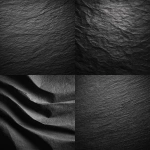Explore the Best AI Image Gallery
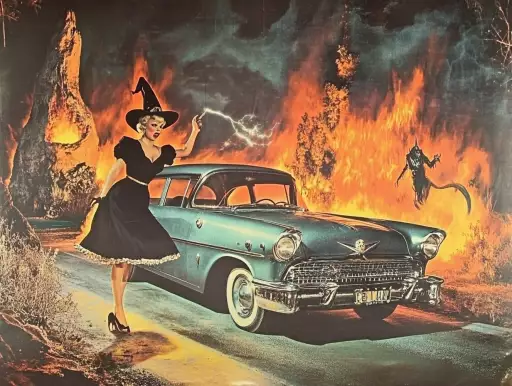
Pixelated Perceptions: How AI Image Generation is Reshaping the Design Landscape
The realm of design has always been a playground for innovation, constantly evolving with new tools and techniques. Today, a revolutionary force is emerging: artificial intelligence (AI) image generation. This technology, capable of creating stunning visuals from text prompts, is poised to significantly impact the creative industry, presenting both exciting possibilities and complex challenges.
A New Creative Canvas
Imagine a world where designers can effortlessly bring their wildest ideas to life with just a few words. Thats the promise of AI image generation. Tools like DALL-E 2, Midjourney, and Stable Diffusion allow users to input textual descriptions, known as prompts, and receive unique, original images as output. This opens up a world of creative exploration, enabling designers to:
- Rapidly iterate concepts: Quickly visualize multiple design iterations based on different variations of a prompt, saving time and resources.
- Explore unconventional aesthetics: Generate images with surreal or abstract styles that might be difficult or time-consuming to create manually.
- Personalize designs: Tailor visuals to specific client needs or preferences by incorporating unique details within the prompts.
Applications Across Design Disciplines
The impact of AI image generation extends far beyond artistic expression. Its finding applications across a wide range of design disciplines:
- Web and UI/UX Design: Generate unique icons, illustrations, and backgrounds to enhance user interfaces and create visually engaging websites.
- Graphic Design: Craft compelling marketing materials, logos, and branding assets with AI-powered visuals that stand out from the crowd.
- Product Design: Visualize and refine product concepts by generating 3D models and renderings based on textual descriptions of desired features.
- Fashion Design: Explore new textile patterns, garment silhouettes, and even complete outfits using AI-generated imagery as a starting point for inspiration.
Ethical Considerations in the Age of AI
While the potential of AI image generation is undeniable, its crucial to address the ethical considerations that accompany this technology:
- Copyright and Ownership: Questions arise regarding the ownership of AI-generated images. Who holds the copyright – the user who provided the prompt, the developer of the AI algorithm, or the AI itself?
- Bias and Representation: AI models are trained on massive datasets, which may contain biases that reflect societal stereotypes and inequalities. This can result in AI-generated images perpetuating harmful representations.
- Misinformation and Deepfakes: The ability to create highly realistic synthetic images raises concerns about the potential for misuse, such as generating fake news content or creating convincing deepfakes.
The Future of Design: A Collaborative Landscape
As AI image generation technology continues to evolve, its likely to become an increasingly integrated part of the design process. The future of design will likely involve a collaborative relationship between human designers and AI tools, where humans leverage AIs capabilities to enhance their creativity while retaining control over the artistic direction.
This shift demands that designers embrace lifelong learning, developing new skills to effectively utilize AI tools and navigate the ethical complexities they present. By fostering responsible development and usage of this technology, we can unlock its immense potential to revolutionize the design landscape and empower creators to push the boundaries of imagination.


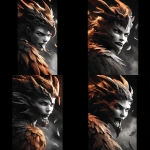
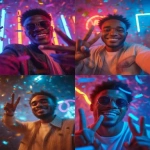
](https://images.ai-img.art/thumbnails/150/1d7b3a908141474d50d90721c394db29c0cb5404d685ae70ea60430c18e905b7.webp)
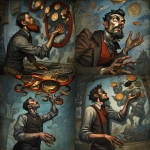


](https://images.ai-img.art/thumbnails/150/1accb5453f2335686b162f0a879c7ce73a18516a33868f214a16bdaf95beeb5a.webp)
](https://images.ai-img.art/thumbnails/150/3c5dc62bba83cc9919c20ebfec8430d31e821cef586a2753dd85ef26d77d480a.webp)





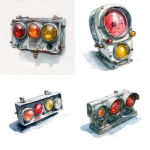


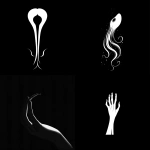
](https://images.ai-img.art/thumbnails/150/8c320ce9aefbbb5b9ec5fd4e1d0fba7388f0fff5b6c2e2f14077cad3008f291d.webp)

](https://images.ai-img.art/thumbnails/150/3e8c063b4357fc743a3c6e49a3145ee31b2dcecc018c38d2db8f97bf3e3fda3f.webp)
